Frank Sinatra and Edward G. Robinson were both born Dec. 12. So, on Friday, TCM is running a b’day tribute to EGR. And getTV is celebrating Sinatra’s 99th birthday with a programming marathon and Twitter party.
Hollywood Dogs highlighted in well heeled new book
There’s a photospread in Vanity Fair on a new book from ACC Editions called Hollywood Dogs: Photographs from the John Kobal Foundation. Looks like a fun book.
Snuffy, Frank Sinatra’s four-legged co-star in the 1957 musical “Pal Joey,” reportedly aced his audition. Asked to eat a bagel off a plate, the Cairn terrier took it in his mouth, dipped it in some soup, and ate the soggy part.
Also shown here: Marilyn Monroe and her Maltese, whom she named Mafia (the dog was a gift from Sinatra), and Grace Kelly with her Weimaraner.
Jeanne Carmen’s life-of-the-party legacy lives on
So, at the memorial service for Marilyn Monroe last month, I met Brandon James. Brandon is the son of Jeanne Carmen, a pin-up model, ace golfer, B-movie actress and friend of Marilyn’s.
Jeanne was born Aug. 4, 1930 in Paragould, Ark., to a family of cotton pickers. After winning a beauty contest at 13, she left home to pursue her dream of Hollywood stardom. Though she never became a top-tier actress, she most definitely left her mark and had a good time – clinking glasses and climbing under the covers with the likes of Elvis Presley, Frank Sinatra and Johnny Roselli.
After Marilyn died on Aug. 5, 1962, mobsters told Jeanne to keep quiet about Marilyn’s connection to the Kennedy clan, according to her son. Jeanne heeded the warning and, leaving her party-girl life behind, became a wife and mother in Scottsdale, Ariz. She died Dec. 20, 2007.
 Her name appears in Christopher Andersen’s new book, “These Few Precious Days,” which details JFK’s last year with Jackie, including his presumed affair with Marilyn and use of amphetamines provided by “Dr. Feelgood.” Andersen writes that Marilyn frequently confided in Jeanne during this time, reportedly asking her, “Can’t you just see me as first lady?”
Her name appears in Christopher Andersen’s new book, “These Few Precious Days,” which details JFK’s last year with Jackie, including his presumed affair with Marilyn and use of amphetamines provided by “Dr. Feelgood.” Andersen writes that Marilyn frequently confided in Jeanne during this time, reportedly asking her, “Can’t you just see me as first lady?”
Additionally, a clip of Jeanne in “The Monster of Piedras Blancas” (1959) is used in American Standard’s new at-home movie marathon commercial, which, btw, also features an adorable cat. 😉 The ad will run for four months.
For more info about Jeanne, you can visit Brandon’s site and watch this edition of E! True Hollywood Story. Perhaps more off-screen than on, she was a femme fatale and blonde bombshell who was the scribe and star of her own fascinating drama.
The Noir File:‘The Manchurian Candidate’ from 1962 memorably captures the contradictions of the Kennedy era
By Film Noir Blonde and Mike Wilmington
The Noir File is FNB’s guide to classic film noir, neo-noir and pre-noir from the schedule of Turner Classic Movies (TCM), which broadcasts them uncut and uninterrupted. The times are Eastern Standard and (Pacific Standard).
PICK OF THE WEEK
“The Manchurian Candidate” (1962, John Frankenheimer). Thursday, July 18: 9:45 p.m. (6:45 p.m.)
In John Frankenheimer’s classic 1962 movie thriller “The Manchurian Candidate,” we will be plunged into one of the greatest nightmare sequences in American cinema.
After the “Korea, 1952” opening title, we see a squad of U. S. Army soldiers, led by their good-guy Major Bennett Marco (Frank Sinatra) and brusque Sgt. Raymond Shaw (Laurence Harvey). They go out on a mission but are betrayed by turncoat guide Chunjin (Henry Silva), then handed over to Russian officers and helicoptered off. It’s a bit like a Sam Fuller scene.
Next, we see a U. S. Air Force plane landing at a Washington airport, and a bustle of reporters and photographers swarming over it. A portentous narrator informs us that Sgt. Shaw has won the Congressional Medal of Honor for action in Korea.
We also see that Raymond has an imperious mother, Eleanor Shaw Iselin (Angela Lansbury), and a knuckleheaded sap of a stepfather, John Yerkes Iselin (James Gregory), who also happens to be a U.S. senator and a well-financed presidential candidate – and that Raymond hates them both.
Now comes the nightmare. We are in Major Marco’s hotel room, and we see him tossing and sweating. Why the cold sweat? He’s remembering/dreaming, noir-style, both the days of the Korean War and one of the strangest club meetings ever seen. It’s a scene that probably only John Frankenheimer could have executed and shot.
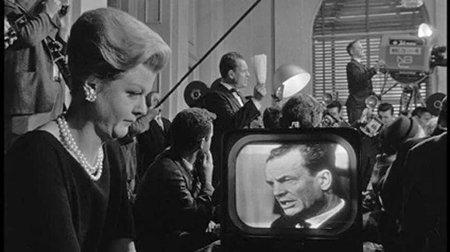
Angela Lansbury as Raymond’s malevolent mother is one of many superb performances in this classic film.
The soldiers we met – some now shaggy and unshaven – are sitting on stage at a gathering of a New Jersey women’s horticultural society in a hotel lobby full of plants and flowers. The chairlady and speaker, a know-it-all named Mrs. Henry Whittaker (Helen Kleeb), is delivering a stupefyingly boring lecture on hydrangeas.
Suddenly the setting changes to an ominous bare stage in a medical theater; the walls are decorated with posters of Stalin and Mao. The speaker is a smiling Chinese doctor named Yen Lo (Khigh Dhiegh), who is delivering a lecture on brainwashing the enemy to an audience of Chinese, Russian and probably Korean military and political people. We are in Manchuria.
The scene shifts from the New Jersey hotel lobby to the Manchurian theater and back again. That revolving camera track before the scene splits into eerie, jarring fragments is still an all-time stylistic movie coup.
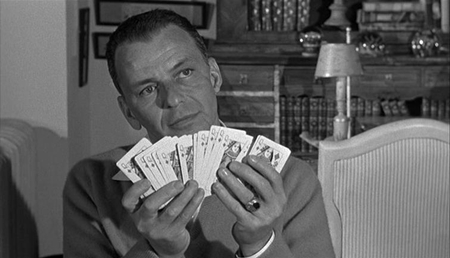
Frank Sinatra shines as Bennett Marco, a tormented good guy who reads, plays cards and courts love interest Eugenie Rose Chaney (Janet Leigh).
As for the plot, “war hero” Raymond has been programmed by the Red Chinese to be the triggerman in a scheme to destabilize the American government by putting an idiot into the U.S. presidency. The candidate: Raymond’s addle-brained Commie-hunting stepfather.
Frankenheimer lent his terrific neo-noir vision to a fantastic cast: Janet Leigh as Eugenie Rose Chaney, an obligatory love interest, Laurence Harvey in the finest hour of a peculiar career, Henry Silva as one of the main traitors of a movie saturated with treachery and James Gregory a hoot as the reactionary U.S. Senator who can’t keep track of the number of Communists he’s exposing (he finally settles on the easy-to-remember Heinz Ketchup figure of 57). And, as one of the most evil mothers in the history of movies, giving one of the most darkly magnificent performances, Angela Lansbury, long may she reign.
All this is at the service of one of the most hypnotic, blood-chilling yarns ever to be put, mostly uncompromised, on screen: a movie whose twists and turns are brilliantly calculated, largely unexpected and beautifully anxiety-inducing. Few films reflect the Kennedy era, and all its contradictions so memorably and so well.
Frankenheimer was the key. In the 1950s he’d become famous as the enfant terrible of a great generation of TV drama directors – a generation that included Arthur Penn, Robert Mulligan, Franklin Schaffner, Sam Peckinpah, Robert Altman and Sidney Lumet. Frankenheimer was the leader of that group: an instinctive master of live performance and especially, of camera movement.
An ace at left wing social and psychological drama, he went on to make “All Fall Down,” “The Young Savages,” “Birdman of Alcatraz,” “Seven Days in May,” “The Train,” “Seconds,” “Grand Prix” and “The Fixer.” But “The Manchurian Candidate” was the project where he was able to work his virtuosity into the very texture of the film itself, where TV and the way it records real life becomes part of the drama, in this case, a hybrid of theatre and politics.
With “The Manchurian Candidate,” Frankenheimer created a style that was almost as original and exciting and unique as the young Orson Welles,’ and he remained one of the great American moviemakers throughout most of the ’60s. [Read more…]
Kim Novak, natural-born star, honored with TCM tribute
Airing tonight: Kim Novak: Live from the TCM Classic Film Festival. Taped at last year’s festival in Hollywood, this one-hour interview special kicks off a tribute night to Novak. Here, Michael Wilmington shares his appreciation for this actress.
My favorite Kim Novak line comes in “Pal Joey,” Columbia’s dubiously altered, shamefully bowdlerized but still entertaining adaptation of the great musical classic. Novak’s Linda English says to Frank Sinatra’s cabaret Casanova Joey Evans, in a girlish, amused, deliberately non-provocative voice, “You’re right. I do have a great shape. Confidentially, I’m stacked.”
Stacked she certainly was: a willowy but sumptuous blonde bombshell with short-cropped platinum hair and a 37-inch bosom that never knew a brassiere (“That’s right!” her “Vertigo” director Alfred Hitchcock once said tartly to François Truffaut. “She’s particularly proud of that!”)
Novak, born in 1933, was a Chicago railroad worker’s daughter and a natural beauty with haunting eyes and a vulnerable air, who became a movie star in her early twenties, with 1954’s film noir “Pushover” directed by her lover Richard Quine.
She then became a megastar with 1955’s “Picnic,” directed by the explosive Joshua Logan, in which – as playwright William Inge’s small-town Kansas princess Madge – Novak danced her way into the hearts and loins of William Holden’s ex-football star/drifter Hal, and many more of the males of a susceptible nation.
Her movies of course capitalize on the classic Novak image: a gorgeous fair-haired girl who’s a little troubled by her own long-legged, statuesque beauty, a bit hesitant about pushing herself forward, slinky and self-conscious, sometimes suspicious of men, a traffic-stopping but vulnerable glamour girl with brains and surprising sensitivity.
Like Marilyn Monroe, who often played it dumb, the real-life Novak was a reader. (Sinatra, one of her dates, wooed her with first editions, while Sammy Davis Jr. hit the jackpot in one of the more famous secret love affairs of the ’50s.)
By 1964, she was considered past her prime and, when she played Polly the Pistol, the girlish hooker (with the belly-button jewel and the requisite heart of gold) in Billy Wilder’s “Kiss Me, Stupid,” she shared in the movie’s lousy notices.
Today “Kiss Me” is rightly regarded as a flawed classic, and if original star Peter Sellers hadn’t had his heart attack and dropped out in mid shooting, we might see it as a masterpiece, as some of the French do (“Embrasse-moi, Idiote!”)
But maybe she was too much a creation of the ’50s, of the last fugitive years of the Golden Age, a kind of platinum blonde Jekyll and Hyde. Kim Novak could play it naïve and lower class, or tony and glamorous, and sometimes she played both in the same movie, as in her masterpiece, as Madeleine/Judy in Hitchcock’s “Vertigo.”
She perhaps wasn’t a natural actress. She gave some awkward performances. But she was a natural-born star. Kim was one of the movie dream girls of my youth, and I still get a pang looking at her. Confidentially, she’s stacked.
Author Tere Tereba to highlight Mickey Cohen’s Hollywood connections, real-life Gangster Squad
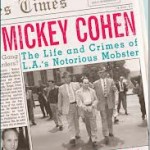 Pegged to Friday’s release of “Gangster Squad,” Tere Tereba, author of “Mickey Cohen-the Life and Crimes Of L.A.’s Notorious Mobster,” will read and sign books at 7:30 p.m. Wednesday, January 16 at Larry Edmunds Bookshop in Hollywood, 6644 Hollywood Blvd., 323-463-3273.
Pegged to Friday’s release of “Gangster Squad,” Tere Tereba, author of “Mickey Cohen-the Life and Crimes Of L.A.’s Notorious Mobster,” will read and sign books at 7:30 p.m. Wednesday, January 16 at Larry Edmunds Bookshop in Hollywood, 6644 Hollywood Blvd., 323-463-3273.
Tere will discuss Cohen and and his Hollywood connections, such as Lana Turner, Marilyn Monroe and Frank Sinatra. She’ll also share rare photographs and talk about the real-life Gangster Squad.
Giancana doc snares awards, screens Friday in Hollywood
Tony Curtis, John Turturro and Rod Steiger portrayed him in TV dramas. He appears as a character in Norman Mailer’s historical fiction. His name pops up in rappers’ songs. His fame and power rivaled that of Al Capone. And, nearly 40 years after his death, Chicago born and bred mob leader Sam Giancana(1908-1975) continues to garner attention.
Lately, the public’s desire to know more has been sated on the big screen. “Momo: The Sam Giancana Story” has played at film festivals and won two awards – best doc at the Hollywood Reel Independent Film Festival (which runs through Dec. 12) and the jury award for best doc at the Bel Air Film Fest in October.
Directed by Dimitri Logothetis, “Momo” was co-produced by Logothetis and Nicholas Celozzi, the grandnephew of Giancana. Logothetis and Celozzi have completed an episodic television project about Giancana and are scripting a new feature film as well.
Growing up in Giancana’s extended family meant tolerating a “controlled insanity,” said Celozzi in a recent phone interview. “It was high anxiety. There was a lot of whispering, some yelling, a lot of in and out. There were funerals. There was a lot of energy in that kitchen.
“But he took care of his family. If you needed money or advice, you went to him.”
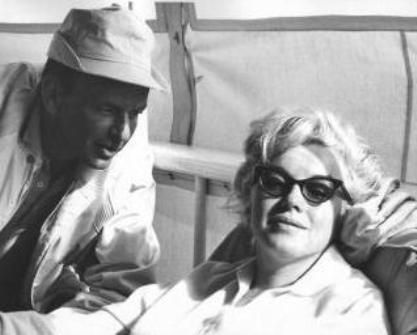
Frank Sinatra and Marilyn Monroe were friendly with power-broker Sam Giancana. The Outfit controlled labor unions in Hollywood.
Bright, ambitious and charismatic, Giancana (or Momo as he was nicknamed) is remembered as a standup father by his two daughters Bonnie and Francine, speaking on-camera about their father for the first time in 30 years. They clearly adored him. (Giancana’s eldest daughter Antoinette, who published 1984’s “Mafia Princess: Growing Up in Sam Giancana’s Family,” is not part of the film.)
He was also coldly lethal. “The thing that made him dangerous… was the willingness and ability to kill,” says FBI agent Ross Rice, one of many insiders featured in the doc, most of whom are longtime Chicagoans.
“Momo” explores Giancana’s impoverished childhood and bloody rise through the ranks of Chicago’s underworld (known as the Outfit), his alleged CIA connections (the filmmakers assert he was contracted to assassinate Fidel Castro), his influence in Hollywood and his relationships with Frank Sinatra and Marilyn Monroe, among others. The film also posits theories regarding Monroe’s death and the assassination of John Fitzgerald Kennedy.
Giancana liked the limelight and, after his wife Angeline died in 1954, he was romantically involved with singer Phyllis McGuire (of the McGuire Sisters). He courted her by making her gambling debt disappear. He was also reportedly linked with Monroe and Judith Campbell Exner, both of whom were widely believed to have had affairs with JFK. Giancana’s fondness for good times and headlines (anathema for the underworld) also contributed to his downfall. “His arrogance was his Achilles’ heel,” says Celozzi.
On the evening of June 19, 1975, in the kitchen of his Oak Park home, as Giancana was cooking sausage and peppers, likely for a dinner guest, he was shot multiple times. The filmmakers say they show “finally and irrefutably” who killed the storied gangster.
Some of the film’s arguments are more convincing than others and Francine’s wish that her father be remembered as a genuine, gentle person seems a little naïve. But what’s beyond doubt is that Giancana at the height of his “career” had immense power and throughout his life had a knack for making money, even after he alienated himself from the Outfit. Following his death, his stash was never located. Each year in June a rose mysteriously arrives at his grave.
“Momo: The Sam Giancana Story” will screen Friday, Dec. 7, at the Hollywood Reel Independent Film Festival.
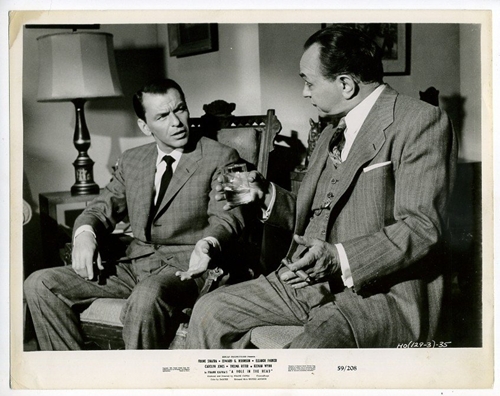





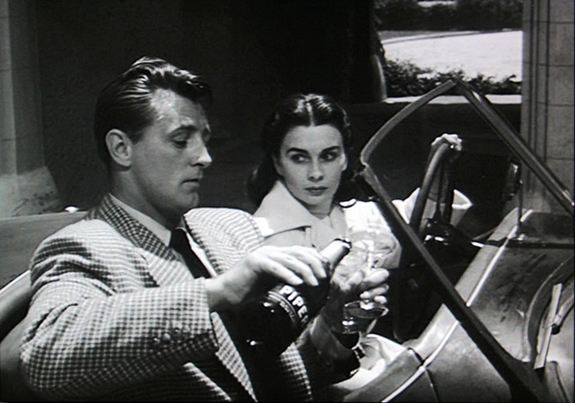
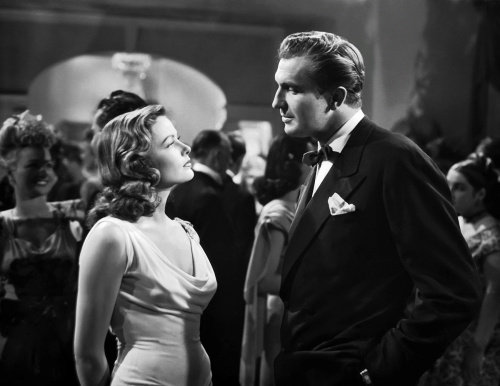
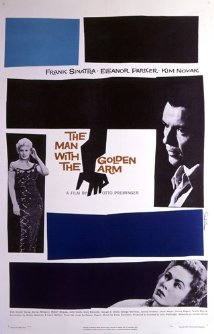
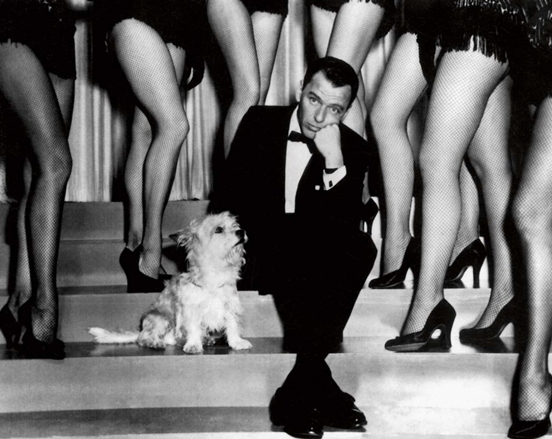
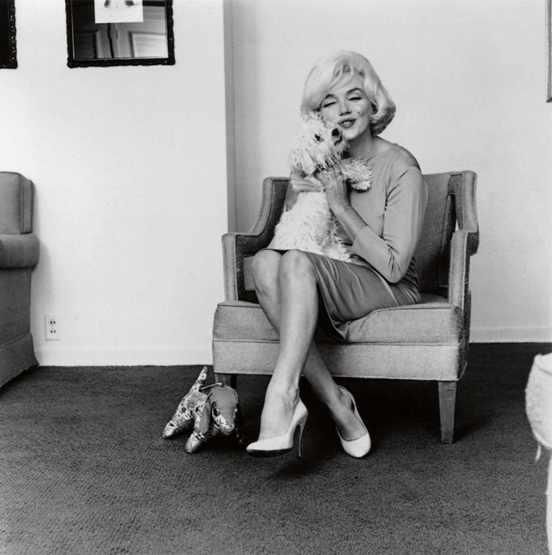
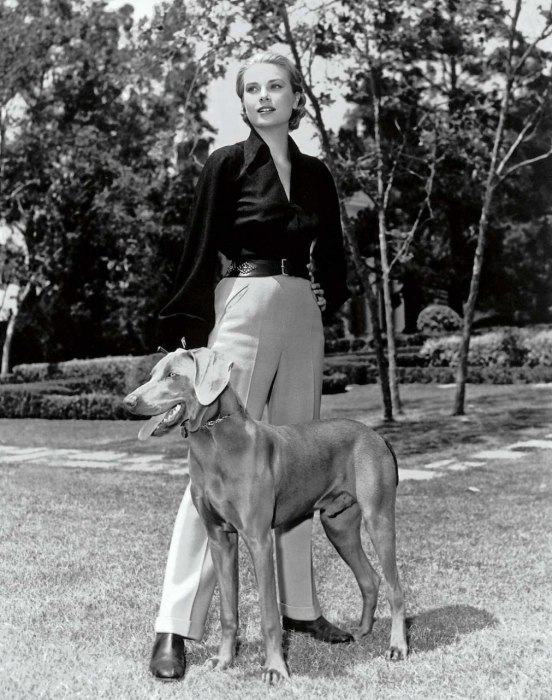
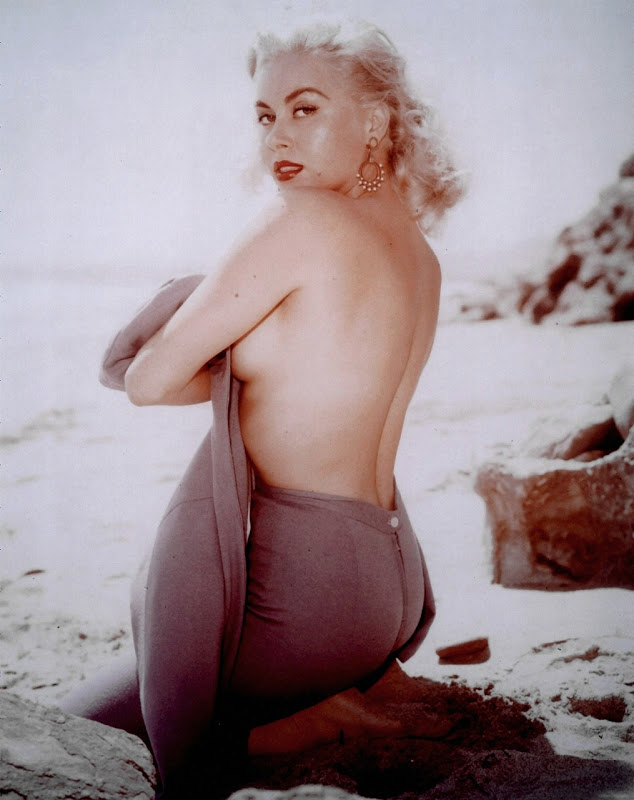
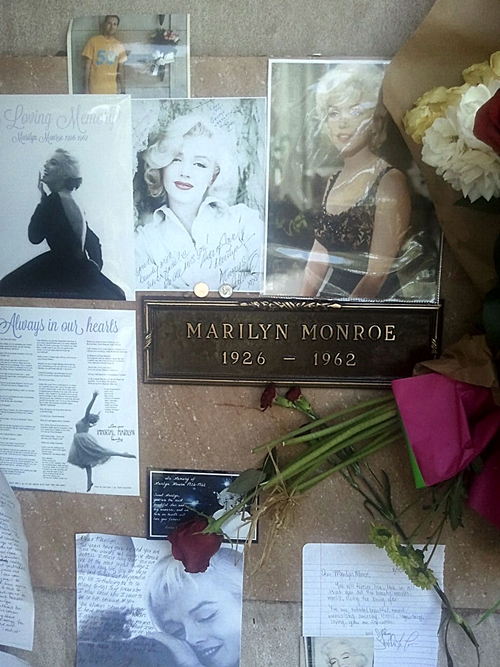
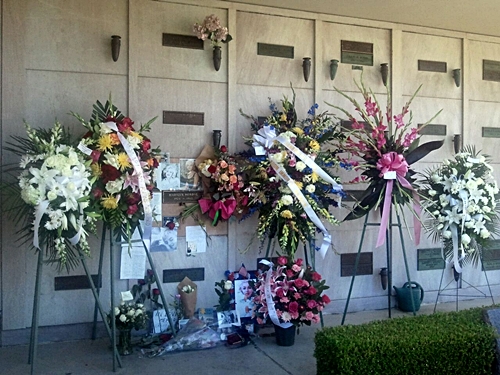
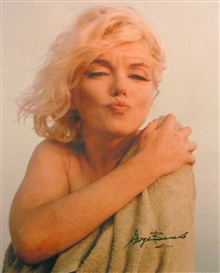
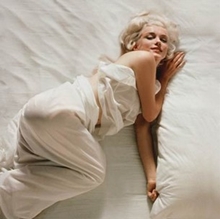
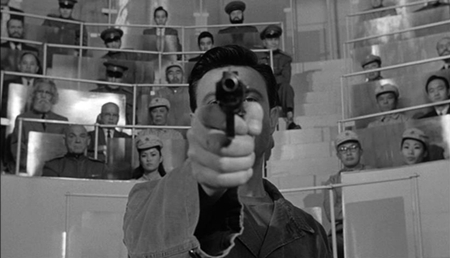
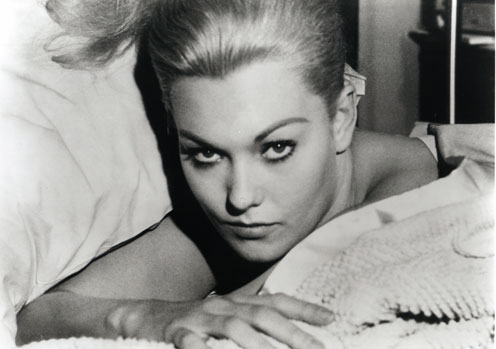
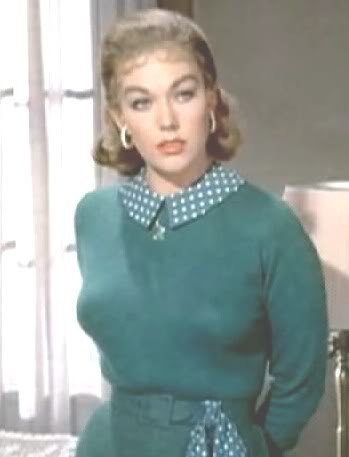
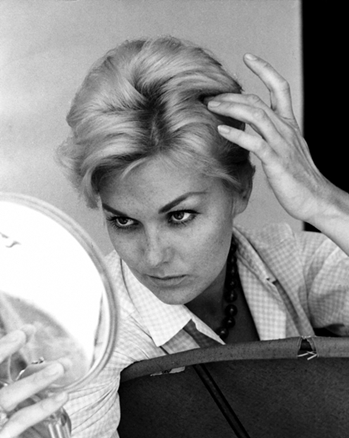
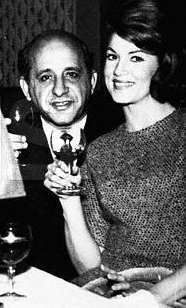
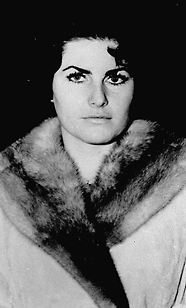
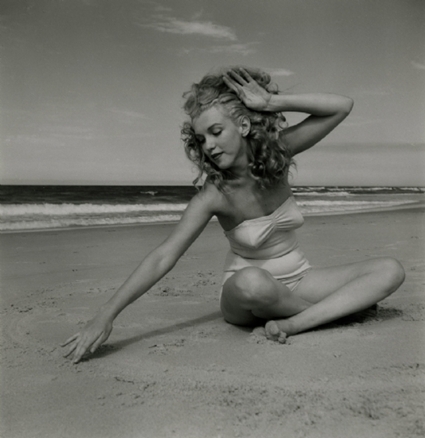
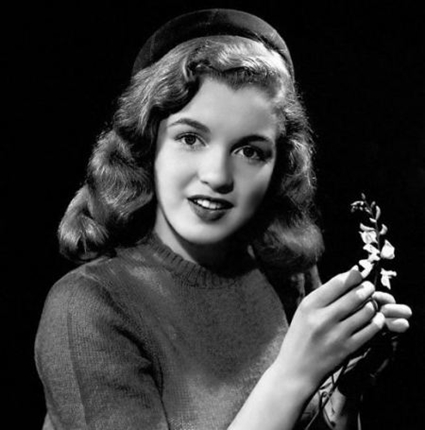
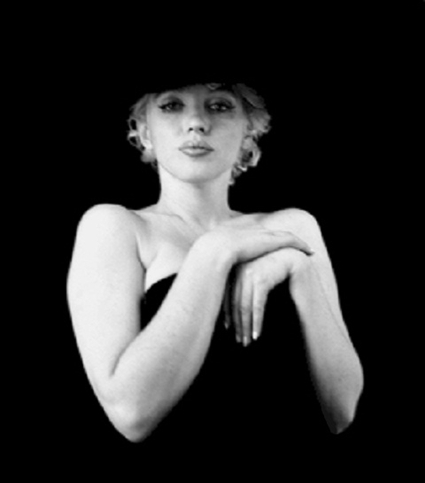
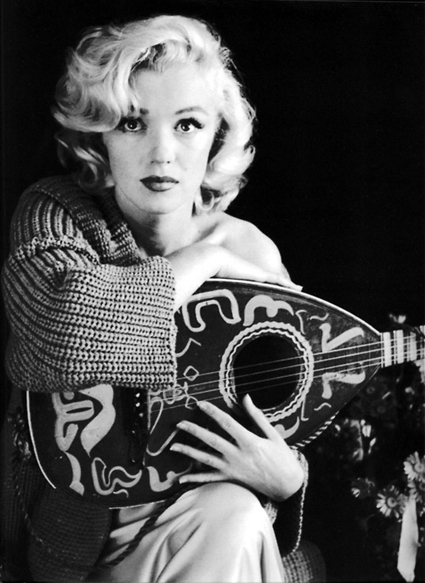
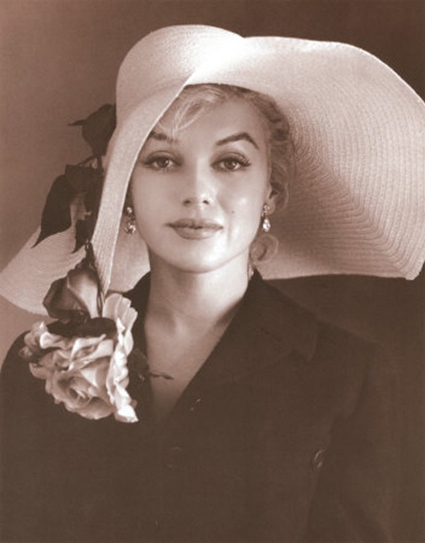
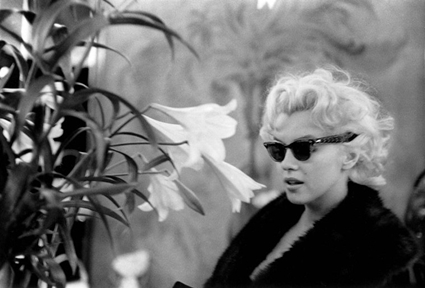
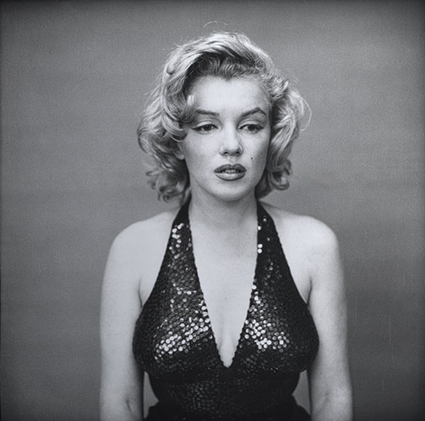
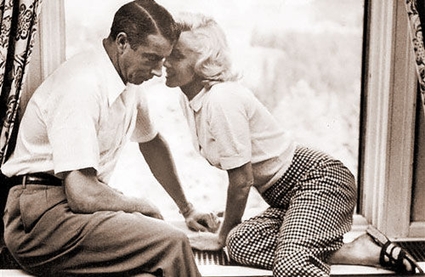
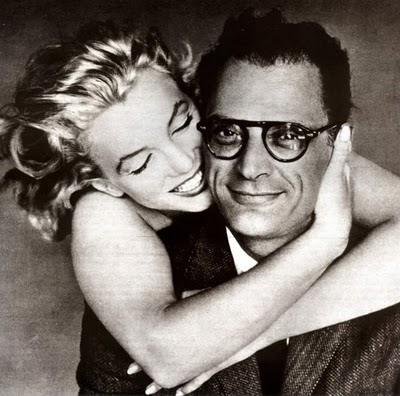
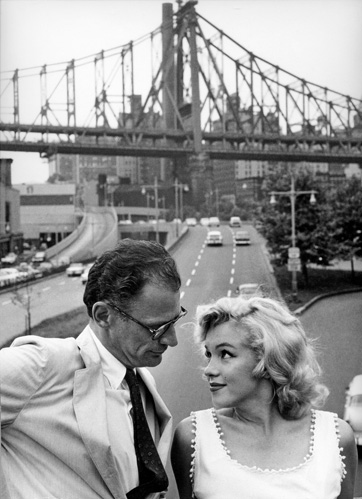
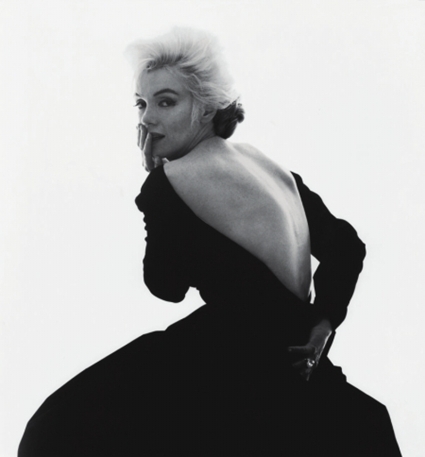
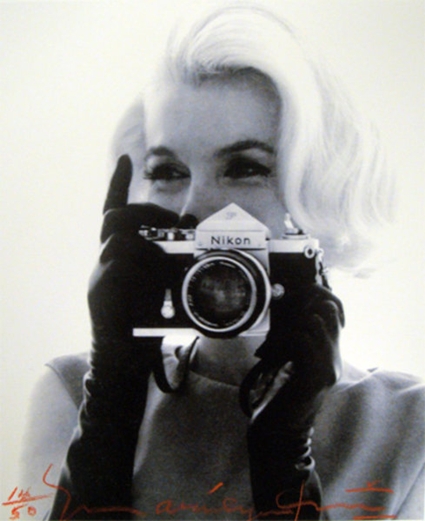
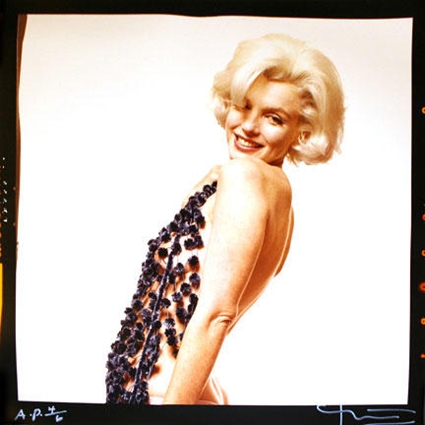
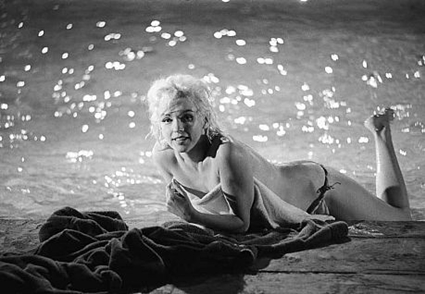
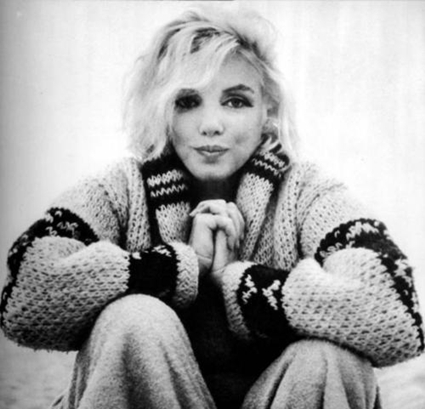





From FNB readers